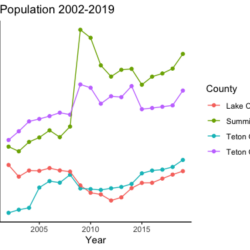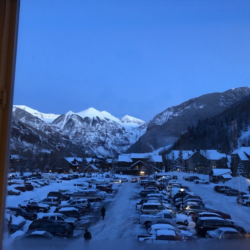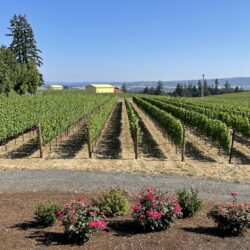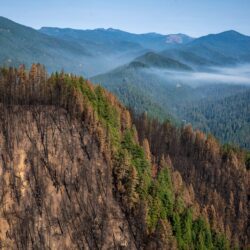Methods and Modalities to Explore Rural Gentrification— Mara MacDonell
Over the last year, the rural gentrification research group has been approaching the subject of rural gentrification from a variety of perspectives. Rural gentrification has many, mutable meanings and definitions, both within academia and public discourse. Our research reflects this, as we have investigated the topic through a variety of avenues including changing land-use, environmental Read more about Methods and Modalities to Explore Rural Gentrification— Mara MacDonell[…]







